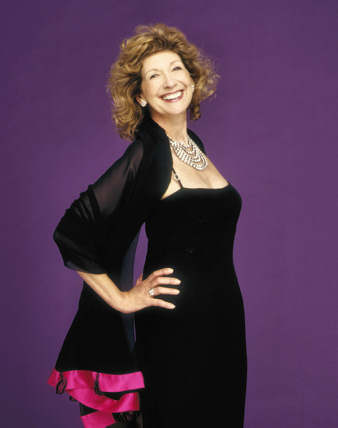Other Links
Editorial Board
- Editor - Bill Kenny
- London Editor-Melanie Eskenazi
- Founder - Len Mullenger
Google Site Search
SEEN
AND HEARD INTERNATIONAL CONCERT REVIEW
Copland, Chausson, León, Bizet: Orpheus Chamber Orchestra, Dame Felicity Lott (Soprano), Carnegie Hall, New York, 1. 4.2008 (AM)
We must have all heard of Orpheus’ one (supposed) shortcoming:
that the musicians start and end a passage in perfect unison, but
in between they are prone to go their separate ways. Well, if this
concert is any indication, it may be safe to say that this is no
longer the case (not that I think it ever was). Apart from the
Chausson songs, this program with its emphasis on fast and
rhythmic works demanded razor-thin precision for any plausible
outcome. Orpheus, in their top form, was happy to oblige.
Copland: Three Latin American Sketches (1971)
Chausson:
Poème de l’Amour et de la Mer,
Op. 19
(1882-1883)
Tania León: Acana (2008)
Bizet: Symphony in C Major (1855)

Dame Felicity Lott
The Three Latin American Sketches, Copland’s final
orchestral work, follow an allegro-andante-allegro pattern.
Estribillo, with its syncopated phrases suggests a grueling
dance. The orchestra’s bass section provided the energetic pace
throughout the movement keeping the rest of the musicians finely,
but never overtly, in check. Meanwhile, transition to the exact
opposite slow, lyrical Paisaje Mexicano was a clear
demonstration of Orpheus’ agility. This sketch features a passage
in which there is an elaborate play within the orchestra in which
propositions by the woodwinds are answered by the strings.
Orpheus’ execution here was an excellent illustration of how
balanced and fine tuned they are as a group. The final sketch,
Danza de Jalisco, featuring alternating meters, fast
staccato sections in the strings and frantic dance tunes was
performed brilliantly with maximum lucidity and diligence. I must
make a mention of Ms. Laura Frautschi here, the first violinist
and concertmaster for this piece on her absolute control of the
orchestra.
The second portion of the evening featured Ernest Chausson’s
Following the intermission Tania León, whose work Acana
would receive its New York premiere, was invited onstage to give a
description of the piece, co-commissioned by Orpheus with SUNY
Purchase. She touched on a few points that turned out to be the
keys to its appreciation. Acana’s initial bars are written
for solo trumpet, which plays an enigmatic tune. The score turns
to full blast immediately following this passage with every member
of the orchestra trying to keep up with the extremely complicated
rhythms—so complicated, in fact, that we are only aware of their
existence by their many repetitions. The percussion section seemed
to have the hardest task in this performance where Ms. Maya Gunji
scrambled between several instruments. The music itself leans
toward ambiguity; it seems like it is not sure where it wants to
go and I was only assured that I had been listening to the same
composition when the opening trumpet melody returned in the end.
It is very hard to believe that an orchestra devoid of a conductor
is able to pull off such dense and multifaceted piece of music
without losing its grip.
The evening came to a close with the crowd pleaser: Bizet’s
Symphony in C Major. The allegro must have been too easy
for Orpheus, for they played it swiftly without a trace of
hesitation. Bizet’s melodic abilities surface in the andante
movement with its yearning oboe tune over pizzicato strings
playing trios and the short but delightful fugue episode. Orpheus’
delicate handling of this movement followed by their meticulous
treatment of the vigorous finale once again confirmed to us that
the orchestra was prepared to play any type of music tonight.
